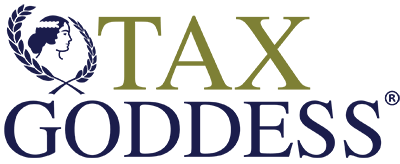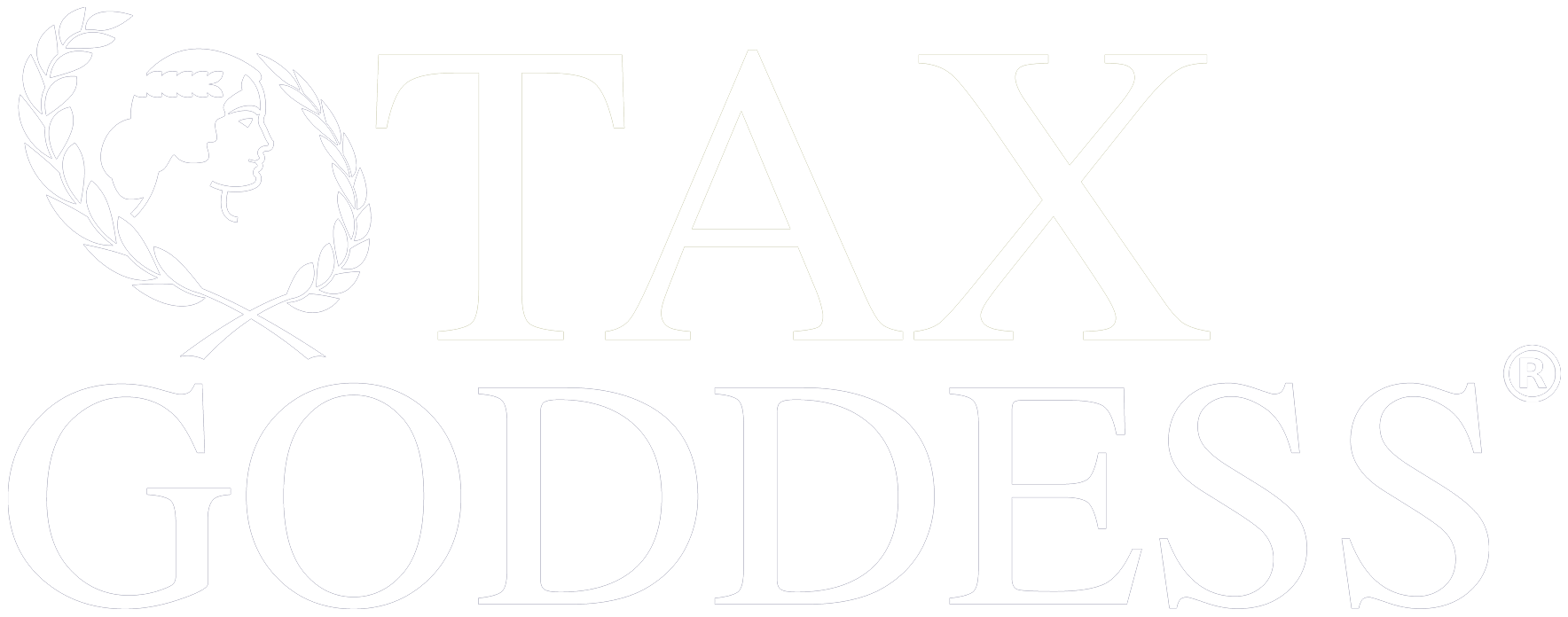UPDATES 3-30-2020:
The Economic Injury Disaster bill establishes an Emergency Grant to allow eligible businesses that apply for an Economic Injury Disaster Loan (EDIL loan) to request an advance on that loan, of not more than $10,000, which the SBA must distribute within 3 days. The SBA will not require applicants to repay any advance payments, even if they subsequently are denied an EIDL loan.
In other words, small businesses that are eligible to apply for the Economic Injury Disaster Loan will be able, within 3 days, to access up to $10,000 without a requirement to make payment, even if their disaster loan application is denied.
The Emergency EIDL Grants will terminate on December 30, 2020.
You can learn more on how to apply for those here.
PAYCHECK PROTECTION PROGRAM – PPP APPLICATION
PAYCHECK PROTECTION PROGRAM INFORMATION SHEET
13 Week Cashflow
Stay Up-to-Date on
the Latest Information
as it Becomes Available
Subscribe to our YouTube Channel
Join our Facebook Group: Tax Strategies that Save Entrepreneurs Thousands
Take Your Business All Digital
Follow our Facebook Page: Tax Goddess International
Join our Facebook Group: Tax Goddess International
Additional Links and Resources
IRS
Payments and Filing Extended to 7/15/2020
Filing and Payment Deadlines Questions and Answers (Noteworthy questions are : Q16, Q17, Q18, and Q21)
New Labor Relief Plan – Credits for Business and Relief for Enployees
Economic impact payments: What you need to know – IRS
1099 Employees
Additional Resources
Coronavirus Legal Resource Center
New Stimulus Bill Unlocks IRA and 401(k) Dollars for Financially Affected
From Gusto: PPP Banks / Lenders Status (crowdsourced)
Kiva – Loans that change lives
Employment Legislative Actions in the Works Following the COVID-19 Outbreak
Master Template – 13 Week Cashflow
Accountant and Tax Professional COVID-19 Resource Center
The Arizona Dept of Economic Security is also starting to post helpful info about the special unemployment benefits – FAQ’s, etc:
https://des.az.gov/sites/default/files/media/Unemployment-Insurance-FAQ.pdf?time=1585692968063
https://des.az.gov/services/coronavirus
The Coronavirus Aid, Relief, and Economic Security Act (“CARES Act”) Is Enacted Into Law:
Nav CARES Act SBA Loan Calculator
If I Don’t Have Employees Can I Still Get a COVID Relief Loan?
From Quickbooks Payroll Regarding COVID
What you need to know about the Families First Coronavirus Response Act
Learn how you can help your employees find relief from COVID-19 with paid leave.
What is the Families First Coronavirus Response Act?
In response to the COVID-19 situation, the Families First Coronavirus Response Act (FFCRA) was passed. The act provides support to individuals and small businesses affected by COVID-19.
Note: If you have any questions regarding the FFCRA, please contact your accountant or legal professional.
If you have fewer than 500 employees, you’ll have access to three new provisions to help your business and your employees during this time. The law goes into effect on April 1, 2020 and expires on December 31, 2020. If you have fewer than 50 employees, you may be able to get a waiver exempting your business from these new requirements.
Coming soon: We will be releasing updates in QuickBooks Online Payroll and QuickBooks Desktop Payroll for entering this Coronavirus paid leave.
What do I need to do about the Coronavirus Response Act?
Provide National Paid Sick Leave to your employees due to COVID-19
National Paid Sick Leave allows your employees to get paid sick leave for either of these two reasons:
They’re sick and quarantined from COVID-19
They’re taking care of a family member who is sick or impacted with COVID-19
When a full-time employee is impacted or sick from COVID-19 and quarantined, they can receive up to 80 hours of paid sick leave at 100% of pay over a two-week period. Part-time employees can receive an average amount of hours they’d work over a two-week period.
When a full-time or part-time employee needs to take care of someone who is sick or impacted with COVID-19, they can receive up to 80 hours of paid sick leave at 2/3 of the employee’s average rate of pay.
As the COVID-19 situation continues to evolve, the stipulations for taking paid leave may change. If the employee is experiencing any other substantially similar condition specified by the Secretary of Health and Human Services, in consultation with the Secretary of the Treasury and the Secretary of Labor, they use the paid leave.
Provide employees with public health emergency leave under the FMLA
Although the Family and Medical Leave Act traditionally has required employers to provide unpaid leave for qualifying circumstances, the Coronavirus Response Act amended the FMLA to add a paid-leave requirement related to COVID-19.
After 10 days of unpaid leave, a period of paid leave would follow for employees who need to care for children younger than 18 whose school or child-care facility is closed because of the virus or whose child-care provider is unavailable because of the outbreak.
This leave provision is available to all employees who have worked for you for at least 30 days regardless of number of hours worked. Employees can elect to use another form of leave to cover the first 10 days of unpaid leave, including the new National Paid Sick leave, but are not required to do so.
Use a Federal tax credit to pay for the cost of providing leave to your employees
Once the law goes into effect, you can apply for these tax credits when you run payroll. By entering the paid sick and leave information into your QuickBooks Payroll, you’ll be able to immediately apply 100 percent of the qualified leave wages to reduce and/or receive a refund of your Federal Payroll Tax liability amount due. This includes any health care premiums you pay on behalf of your employees.
In the next few weeks, QuickBooks will be helping you apply these credits to your payroll to ensure you’re compliant and using these credits correctly.



